安卓应用实现自动更新比较简单,这里跟大家介绍下。
1. web接口
需要提供一个接口供客户端查询更新状态,并且在需要更新时,告知客户端新APK地址。
接口参数如下:
package 包名,因为有时候会出现同一个应用换包名打包的情况
version 版本号,即android清单文件里面的versionCode
channel 渠道号
os 操作系统,android/ios。ios 这里仅作预留。
之所以传入这些字段,是要在与服务器端的包匹配时,务必满足:
package, channel, os 相等,并且服务器端的version 大于 客户端传入的version
代码如下:
os = request.GET.get('os')
pkg_name = request.GET.get('package')
channel = request.GET.get('channel')
version = request.GET.get('version')
if not os or not pkg_name or not channel or not version:
return jsonify(**ret_dict)
pkg = Package.objects.filter(
os=os,
package=pkg_name,
channel=channel,
status__gt=config.PACKAGE_STATUS_NOT_UPDATE
).order_by('-version').first
if pkg and int(version) < pkg.version:
ret_dict['pkg_status'] = str(pkg.status)
ret_dict['pkg_url'] = config.WEB_HOST + pkg.file.url
ret_dict['update_prompt'] = pkg.info
return jsonify(**ret_dict)
2. 数据库设计
由于web端使用的是django,所以可以很方便的给出运营同学可以操作的后台界面,如下:

注意红框内的元素,运营同学在上传时,是不允许修改的,而是由程序自动解析APK文件得到后填入的。
具体的解析方法,我们稍后给出。
而对应的models代码如下:
class Package(models.Model):
file = models.FileField(u'文件', upload_to=config.PACKAGE_UPLOAD_PATH)
package = models.CharField(u'包名', max_length=255, blank=True, default='')
version = models.IntegerField(u"版本号", blank=True, default=0, null=True)
channel = models.CharField(u"渠道", max_length=128, blank=True, default='')
status = models.IntegerField(u'更新状态', default=config.PACKAGE_STATUS_NOT_UPDATE,
choices=config.PACKAGE_UPDATE_STATUS)
info = models.TextField(u'通知信息', blank=True, null=True)
os = models.CharField(u'操作系统', max_length=64, default=config.PACKAGE_CLIENT_UNKNOW,
choices=config.PACKAGE_CLIENT_OS, blank=True, null=True)
def __unicode__(self):
_,name = os.path.split(self.file.name)
return name
class Meta:
unique_together = ('package', 'version', 'channel', 'os')
def save(self, * args, ** kwargs):
# 文件上传成功后,文件名会加上PACKAGE_UPLOAD_PATH路径
path,_ = os.path.split(self.file.name)
if not path:
if self.file.name.endswith('.apk'):
self.os = config.PACKAGE_CLIENT_ANDROID
path = os.path.join('/tmp', uuid.uuid4.hex + self.file.name)
# logger.error('path: %s', path)
with open(path, 'wb+') as destination:
for chunk in self.file.chunks:
destination.write(chunk)
info = parse_apk_info(path)
os.remove(path)
self.package = info.get('package', '')
self.version = info.get('version', 0)
self.channel = info.get('channel', '')
elif self.file.name.endswith('ipa'):
self.os = config.PACKAGE_CLIENT_IOS
super(self.__class__, self).save(*args, ** kwargs)
def display_filename(self):
_,name = os.path.split(self.file.name)
return name
display_filename.short_description = u"文件"
3. APK文件解析
def parse_apk_info(apk_path, tmp_dir='/tmp'):
"""
获取包名、版本、渠道:
{'version': '17', 'channel': 'CN_MAIN', 'package': ‘com.fff.xxx'}
:param apk_path:
:return:
"""
from bs4 import BeautifulSoup
import os
import shutil
import uuid
abs_apk_path = os.path.abspath(apk_path)
dst_dir = os.path.join(tmp_dir, uuid.uuid4.hex)
jar_path = os.path.abspath(os.path.join(os.path.dirname(__file__), 'apktool.jar'))
cmd = 'java -jar %s d %s %s' % (jar_path, abs_apk_path, dst_dir)
if isinstance(cmd, unicode):
cmd = cmd.encode('utf8')
# 执行
os.system(cmd)
manifest_path = os.path.join(dst_dir, 'AndroidManifest.xml')
result = dict
with open(manifest_path, 'r') as f:
soup = BeautifulSoup(f.read)
result.update(
version=soup.manifest.attrs.get('android:versioncode'),
package=soup.manifest.attrs.get('package'),
)
channel_soup = soup.find('meta-data', attrs={'android:name': 'UMENG_CHANNEL'})
if channel_soup:
result['channel'] = channel_soup.attrs['android:value']
shutil.rmtree(dst_dir)
return result
当然,正如大家所看到的,我们需要依赖于 apktool.jar 这个文件,具体大家可以在网上下载。
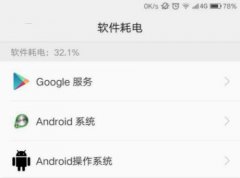
阅读
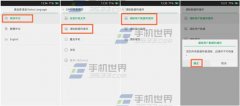
阅读

阅读

阅读

阅读

阅读

阅读

阅读
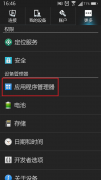
阅读

阅读
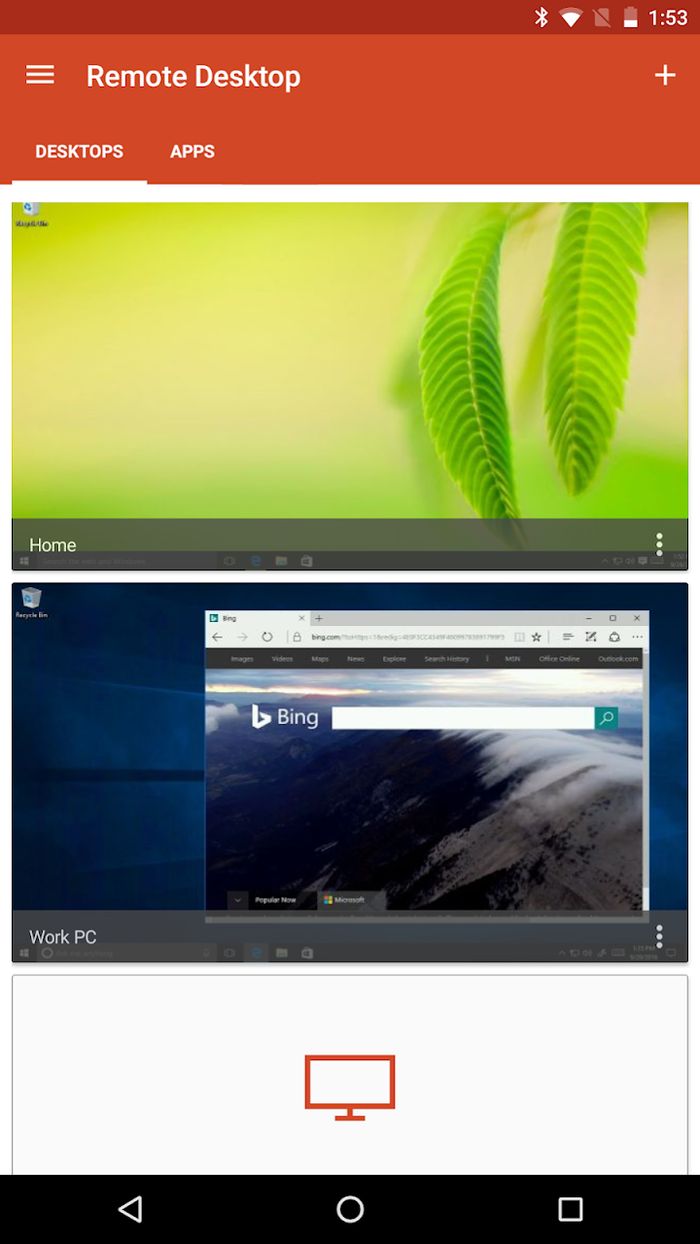 Android端正式向微软靠拢:全面支持Windo
Android端正式向微软靠拢:全面支持Windo Windows10,iOS和Android上的《 Forza Street》视
Windows10,iOS和Android上的《 Forza Street》视 MOZILLA VPN现在可在WINDOWS10和ANDROID上使用
MOZILLA VPN现在可在WINDOWS10和ANDROID上使用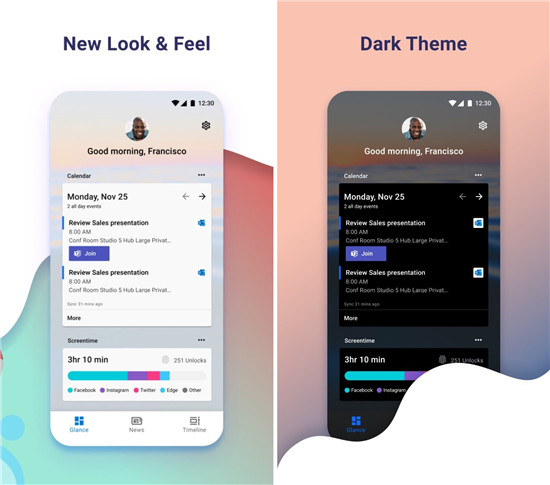 适用于Android的Microsoft Launcher 6.0现在可供
适用于Android的Microsoft Launcher 6.0现在可供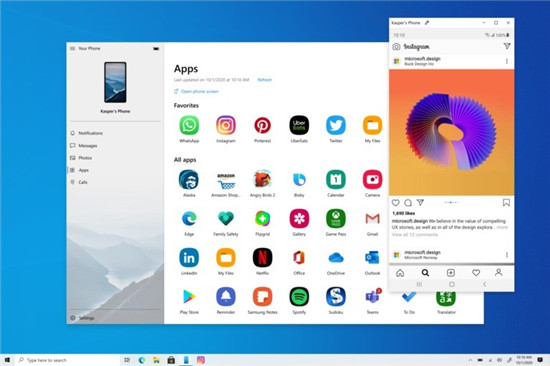 Windows10上的Android应用现已对所有用户可用
Windows10上的Android应用现已对所有用户可用 微软通过新功能将Android应用引入Windows1
微软通过新功能将Android应用引入Windows1 如何在Chromebook和Android之间同步Wi-Fi密码
如何在Chromebook和Android之间同步Wi-Fi密码
这个想法很简单:如果您在Android手机上登录Wi-Fi网络,则Chrome......
阅读 Android端正式向微软靠拢:全面支持Windo
Android端正式向微软靠拢:全面支持Windo
适用于 Android 平台的Microsoft Remote Desktop应用程序近日迎来重大更......
阅读 Windows10,iOS和Android上的《 Forza Street》视
Windows10,iOS和Android上的《 Forza Street》视
Windows 10,iOS和Android上的《 Forza Street》视频游戏更新包含新内容......
阅读 MOZILLA VPN现在可在WINDOWS10和ANDROID上使用
MOZILLA VPN现在可在WINDOWS10和ANDROID上使用
MOZILLA VPN现在可在WINDOWS 10和ANDROID上使用 Mozilla已在六个国家(包括......
阅读 适用于Android的Microsoft Launcher 6.0现在可供
适用于Android的Microsoft Launcher 6.0现在可供
适用于Android的Microsoft Launcher 6.0现在可供下载 微软刚刚发布了适......
阅读